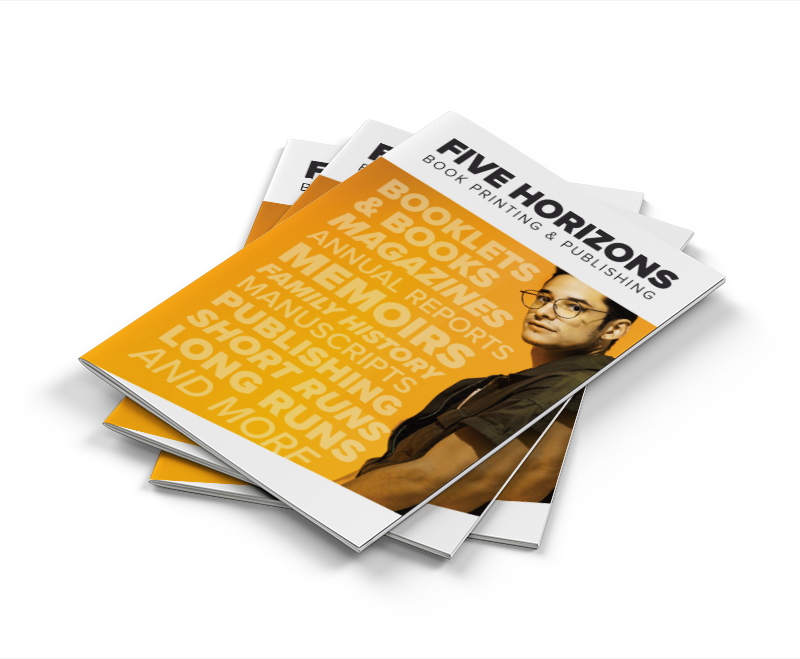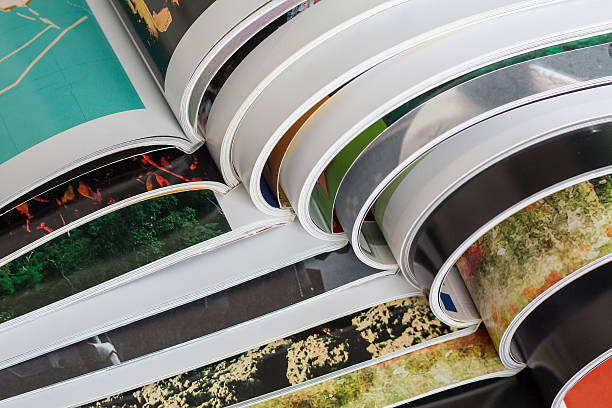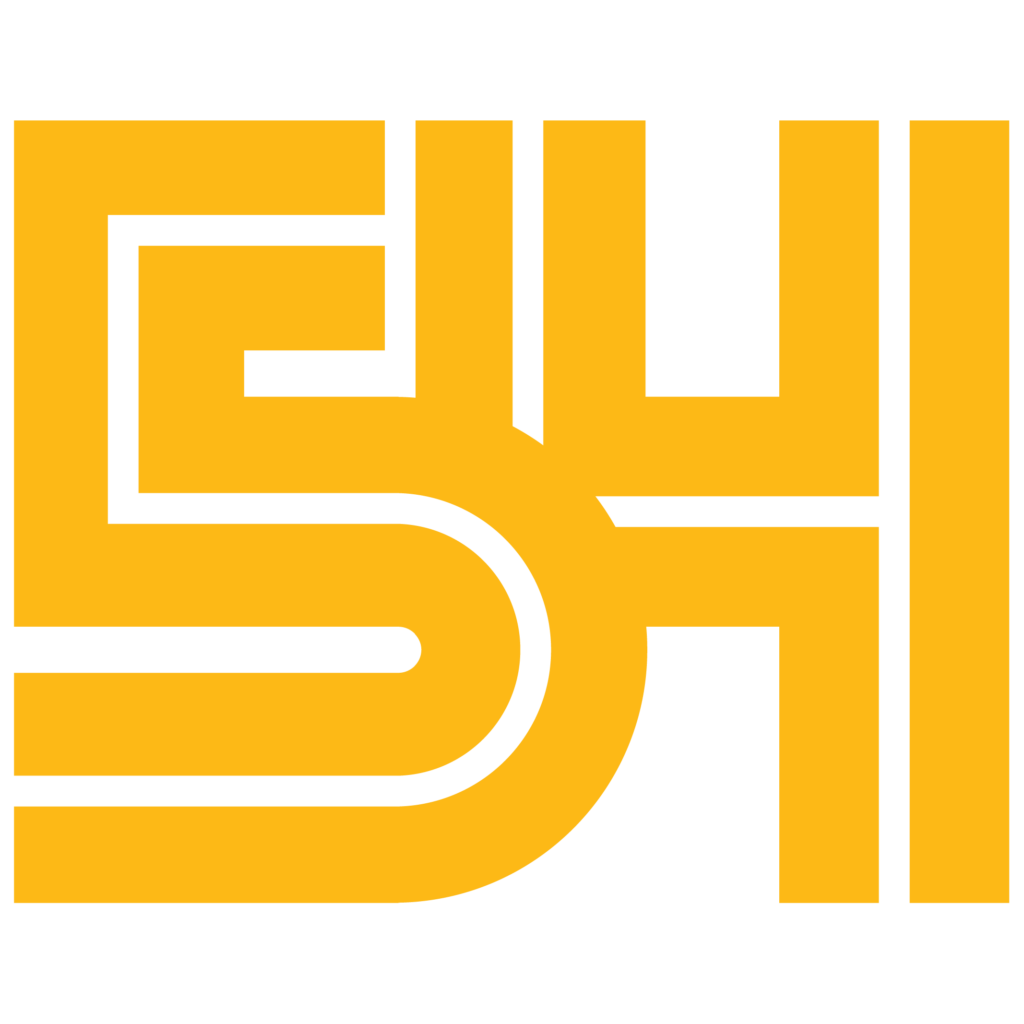






Are you looking to create Custom book Printing Australia Made ? Custom book printing offers a fantastic opportunity to showcase your creativity and professional expertise. However, it’s important to consider the cost factors involved in order to find affordable book printing options. In this comprehensive cost comparison guide, we will explore the world of custom book printing in Australia and help you make informed decisions about your printing needs.
When it comes to custom book printing, there are various options to consider that can help you create a book tailored to your specific needs. Understanding these options will allow you to have full control over the design, layout, and content of your book. Let’s explore what custom book printing is and the common types of book printing available.
Custom book printing is the process of printing books that are personalized and customized according to specific requirements. It allows individuals and businesses to unleash their creativity and bring their vision to life on the pages of their books. With custom book printing, you have the freedom to choose the size, shape, paper type, cover material, and various other elements that make your book unique.
There are several types of book printing methods to consider when creating your custom book:
Each type of book printing has its own advantages and considerations, so it’s essential to understand them to make an informed decision based on your specific needs and budget.
Before starting your custom book printing project, it’s important to assess your specific needs. This will ensure that you make informed decisions and achieve the desired outcome. In this section, we will guide you through the process of defining your project scope and choosing the right paper and cover material for your custom books.
When it comes to custom book printing, defining your project scope is crucial. Consider the following factors:
By clearly defining your project scope, you can effectively communicate your requirements to the book printing company and ensure that your custom books turn out exactly as desired.
The choice of paper and cover material plays a significant role in the durability and visual appeal of your custom books. Consider the following options:
| Material | Description | Advantages |
|---|---|---|
| Uncoated paper | Matte finish with a natural feel | Eco-friendly, easy to write on, suitable for novels and non-fiction books |
| Coated paper | Glossy or satin finish for vibrant colors | Enhanced image reproduction, suitable for photo books and magazines |
| Cardstock | Thick and sturdy paper | Durable, ideal for book covers and premium products |
| Fabric | Textured and luxurious material | Elegant and unique, adds a touch of sophistication to your books |
Consider the content, target audience, and desired aesthetic when choosing the right paper and cover material for your custom books. A reputable book printing company, such as Five Horizons, can provide samples and expert advice to help you make the best choice.
When it comes to custom book printing, the choice of binding technique plays a crucial role in the overall look and feel of your book. Binding techniques determine how the pages of your book are held together, ensuring durability and a professional finish. In this section, we will compare three common binding techniques: saddle stitching, perfect binding, and wire binding. We will also explore the decision between a soft cover and a hard cover for your custom book.
Saddle stitching is a popular binding technique that uses staples to bind folded sheets of paper together. This technique is commonly used for booklets and magazines with a smaller number of pages, typically under 64. Saddle Stitched Books are a cost-effective option and allows the book to lay flat when opened.
Perfect binding, on the other hand, involves applying an adhesive to the spine of the book, securing the pages together. This technique is suitable for books with a higher page count, typically over 64 pages. Perfect Bound Books provide a clean and professional finish, making it ideal for novels, catalogs, and annual reports.
Wire binding, also known as spiral binding, uses a metal wire or plastic comb to hold the pages of the book together. This technique allows for easy page turning and is commonly used for presentations, reports, and notebooks. Wire Bound Books are a versatile option, as pages can be easily added or removed.
After choosing the binding technique, you’ll need to decide whether to have a soft cover or a hard cover for your custom book. Soft cover books, also known as a paperbacks, is made of a flexible material such as paper or cardstock. It offers a lightweight and cost-effective option, suitable for books like novels and self-help guides.
Hard cover book printing, also known as a casebound book, provides a more durable and premium look. It features a rigid cover made of cardboard or a similar material, protecting the pages inside. Hard covers are commonly used for coffee table books, children’s books, and textbooks.
| Binding Technique | Advantages | Considerations |
|---|---|---|
| Saddle Stitching | Cost-effective option, allows book to lay flat | Suitable for books with fewer pages |
| Perfect Binding | Clean and professional finish, suitable for higher page count | May not lay completely flat when opened |
| Wire Binding | Easy page turning, versatility in adding or removing pages | Visible binding elements on the spine |
Ultimately, the choice of binding technique and cover type will depend on the specific requirements of your custom book. Consider factors such as the purpose of the book, the desired aesthetic, the amount of internal pages, and your budget. Consulting with a professional book printing company, such as Five Horizons, can provide valuable guidance and help you make an informed decision.

When it comes to custom book printing in Australia, there are numerous local book printing services to choose from. One reputable book printing company is Five Horizons, which offers a wide range of options for individuals and businesses.
When choosing a printing service, there are several factors to consider. Pricing is an important consideration, as it can vary between different providers. Turnaround time is another important factor, especially if you have a tight deadline. It’s also wise to read customer reviews, as they provide valuable insights into the quality and service provided by the printing company.
By navigating the local market, you can find the best custom book printing services in Australia that meet your needs, whether you’re looking for affordability, quality, or a combination of both.
When it comes to custom book printing, cost is a major consideration. Understanding the various cost factors involved can help you make informed decisions and find the right balance between quality and cost for your custom books.
The quantity of books you order plays a significant role in determining the cost of your printing project. Typically, larger quantities result in lower printing costs per book. This is because the fixed costs related with setting up the print job can be spread out over a larger number of books. However, it’s important to carefully assess your needs to avoid ordering more books than necessary.
Consider your distribution plans and anticipated demand to determine the ideal quantity for your custom books. Ordering too few books may result in higher costs per unit, while ordering too many may lead to unnecessary expenses and storage issues. By finding the right balance, you can maximize your cost savings without compromising on meeting your book printing needs.
When it comes to custom book printing, finding a balance between quality and cost is crucial. While it may be tempting to opt for the lowest cost option, it’s important to consider the overall quality and value that your custom books will deliver. Poor quality printing can detract from the professionalism and impact of your books, potentially affecting your reputation and sales.
Investing in higher quality printing can enhance the visual appeal, durability, and reader experience of your custom books. This may involve choosing premium paper, a more advanced printing technique, or additional finishing options. While these choices may increase the upfront cost, they can result in a more impressive and marketable final product.
Therefore, it’s essential to carefully evaluate the trade-off between cost and quality, considering your goals, target audience, and budget constraints. Working closely with a reputable book printing company like Five Horizons can help you make informed decisions and strike the right balance between quality and cost.

When it comes to custom book printing, design and artwork setup are vital components of creating visually appealing and professional-looking books. By considering important design elements and understanding the artwork setup process, you can ensure that your custom books are of the highest quality.
Design Considerations:
Artwork Setup Process:
By following these design considerations and mastering the artwork setup process, you can enhance the overall appearance and professionalism of your custom books. Take your time to perfect the design and artwork, as they play a crucial role in creating a visually captivating reading experience.
When it comes to custom book printing, you have the option of choosing between digital printing and offset printing. These two printing methods differ in their processes, advantages, and considerations. Understanding these differences can help you make an informed decision for your custom book printing project.
Digital printing is a modern printing method that involves transferring digital files directly to the printing press, eliminating the need for plates. It offers quick turnaround times, high-quality prints, and the ability to customize each printed piece. Digital printing is a suitable choice for small print runs and projects that require personalization or variable data.
Digital printing is a modern and efficient printing method that utilizes digital files to produce high-quality prints. It is perfect for short print runs and projects that require customization.
On the other hand, offset printing is a traditional printing method that uses plates to transfer ink onto a rubber blanket, which then applies the ink to the paper. While the setup time for offset printing is longer than digital printing, it offers excellent color accuracy, sharpness, and consistency. Offset printing is ideal for larger print runs and projects that require precise color matching, such as magazines, catalogs, and high-end marketing materials.
Offset printing is a traditional printing method known for its exceptional color accuracy and sharpness. It is the preferred choice for larger print runs and projects that demand precise color consistency.
Both digital printing and offset printing have their advantages and considerations. Digital printing provides flexibility, quick turnaround times, and cost-effectiveness for smaller print runs. Offset printing offers superior color accuracy and consistency for larger quantities. By evaluating your specific requirements and budget, you can determine which printing method is the most suitable for your custom book printing needs.
The choice of printing method can have a significant impact on the overall cost of your custom book printing project. Digital printing is generally more cost-effective for smaller quantities due to its quicker setup and production processes. It allows for on-demand printing, reducing storage costs and minimizing waste. Offset printing, on the other hand, may require a larger upfront investment, but it offers economies of scale for larger print runs. The cost per unit decreases as the quantity increases.
Consider your budget, print quantity, and project requirements when deciding between digital printing and offset printing. Assess whether the benefits of color accuracy and consistency provided by offset printing outweigh the potential cost savings offered by digital printing for your specific project. Remember to consult with your chosen printing company to get accurate cost estimates and recommendations.
When planning your custom book printing project, it’s crucial to consider both the turnaround time and delivery options. These factors can significantly impact the overall efficiency and cost of your printing process. In this section, we will explore the importance of turnaround times and discuss different delivery methods to ensure a seamless experience for your custom book printing in Australia.
Turnaround time refers to the duration it takes for your custom books to be printed and ready for pickup or delivery. The length of the turnaround time can vary depending on various factors. Firstly, the complexity of your project plays a vital role. More intricate designs or larger quantities may require additional time for printing and binding. Additionally, the chosen printing method, whether it is digital printing or offset printing, can also affect the turnaround time.
It’s essential to communicate your desired deadline to the printing company to ensure they can meet your expectations. By understanding the turnaround time, you can effectively plan other aspects of your project, such as marketing and promotions, book launch events, or distribution logistics.
Choosing the right delivery method for your custom books is crucial to ensure timely and cost-effective distribution. The delivery options can vary depending on the printing company you choose and your location. Some common delivery methods include:
When considering delivery options, it’s essential to balance cost and speed. Express shipping or courier services may incur higher delivery charges, but they offer faster delivery times. Evaluate the urgency of your book delivery and budget constraints to choose the most suitable option for your needs.
| Delivery Method | Speed | Cost |
|---|---|---|
| Standard Shipping | 2-7 business days | Affordable |
| Express Shipping | 1-3 business days | Higher |
| Local Pickup | Same day availability | Free or minimal |
| Courier Services | Depends on provider | Varies |
By carefully considering the turnaround time and delivery options, you can ensure that your custom books are printed and delivered in a timely and cost-effective manner. Planning ahead and discussing these factors with your chosen printing company will help you make informed decisions for your custom book printing project in Australia.

Five Horizons is a trusted and reliable book printing company in Australia that offers high-quality and affordable custom book printing services, including self publishing binding options. When you choose to partner with Five Horizons for your book printing needs, you can take advantage of various benefits and advantages that set them apart from other printing companies.
By partnering with Five Horizons for your book printing, you can benefit from their competitive pricing, fast turnaround times, excellent customer service, and a wide range of printing options. With their expertise and commitment to quality, you can trust that your custom books will be produced to the highest standard, making a lasting impression on your readers.
Ordering custom books online can be a hassle-free and convenient process. With Five Horizons, a trusted book printing company in Australia, you can easily place your book order and enjoy high-quality custom book printing services. Follow this step-by-step guide to seamlessly order your custom books online:
Before uploading your files for custom book printing, it’s crucial to ensure they are properly prepared. Follow these tips and tricks for optimal print quality and accuracy:
By following these tips and tricks, you can ensure that your files are ready for print and that your custom books will be produced with precision and quality.
Custom book printing in Australia offers a wide range of options for individuals and businesses looking to create professional-looking print books. By understanding the different printing options available and assessing your specific needs, you can make informed decisions that align with your budget and goals. This cost comparison guide has provided valuable insights and considerations to help you navigate the process of custom book printing and achieve high-quality results.
When embarking on a custom book printing project, it is crucial to consider the cost factors involved. Factors such as the quantity of books, the chosen printing method, and the type of binding can all influence the overall cost. By carefully assessing these factors and finding a balance between quality and cost, you can ensure that your custom books are both affordable and visually appealing.
Partnering with a reputable printing company like Five Horizons can further enhance your custom book printing experience. Their expertise, competitive pricing, and wide range of printing options make them a trusted choice for individuals and businesses alike. Whether you need a small batch of books or a large-scale printing project, Five Horizons can deliver high-quality results with fast turnaround times.
In conclusion, by utilizing the information provided in this cost comparison guide and partnering with a trusted printing company, custom book printing in Australia can be a seamless and rewarding process. Whether you are printing books for personal use, promotional purposes, or to sell, the options are extensive. Take advantage of the flexibility offered by custom book printing and create professional-looking books that meet your unique needs and budget.
Custom book printing refers to the process of printing books that are tailored to specific requirements, allowing individuals and businesses to have full control over the design, layout, and content of their books.
The common types of book printing include digital book printing, offset printing, and print-on-demand. Each type has its own benefits and considerations.
Start by defining the scope of your project, such as the size and number of pages, the design elements, and the desired quantity. Additionally, choose the right paper and cover material for durability and aesthetic appeal.
Common binding techniques include saddle stitching, perfect binding, and wire binding. You’ll also need to decide whether to have a soft cover or a hard cover for your custom book.
Consider factors such as pricing, turnaround time, and customer reviews when choosing a printing service. Five Horizons is a reputable Australian book printing company.
Quantity impacts pricing, and it’s important to find a balance between quality and cost when considering your book printing options.
Consider layout, fonts, images, color choices, as well as file formats, resolution, and bleed settings during the artwork setup process.
Digital printing is suitable for small print runs and offers quick turnaround times, while offset printing is ideal for large print runs and provides high-quality results.
Turnaround times vary based on the complexity of your project and the chosen printing method. Different delivery methods also affect the overall cost of your custom book printing.
Five Horizons, a trusted book printing company in Australia, offers high-quality and affordable custom book printing services, with competitive pricing, fast turnaround times, excellent customer service, and a wide range of printing options.
Follow the step-by-step guide provided by Five Horizons, which includes selecting printing options, uploading files, and making payment. Additionally, learn helpful tips and tricks for preparing your files for print.
Copyright © 2025 Five Horizons. All Rights Reserved.